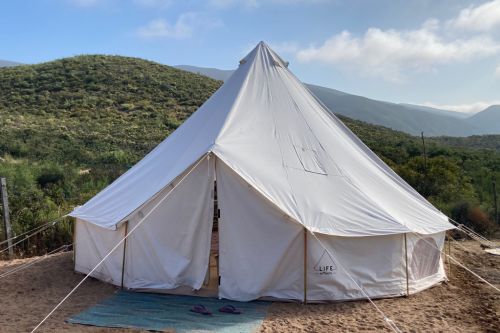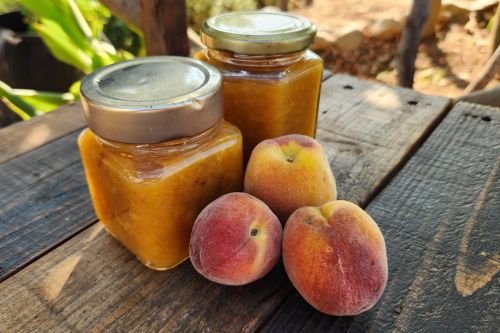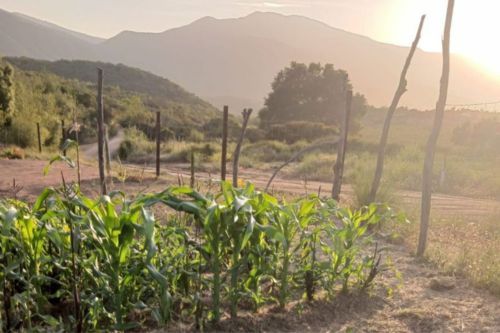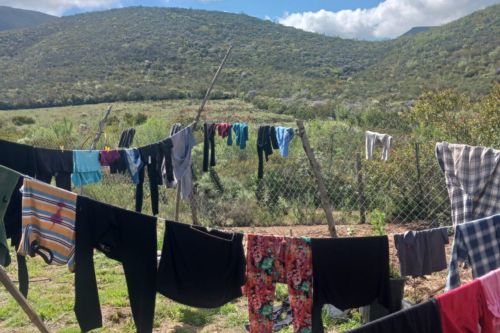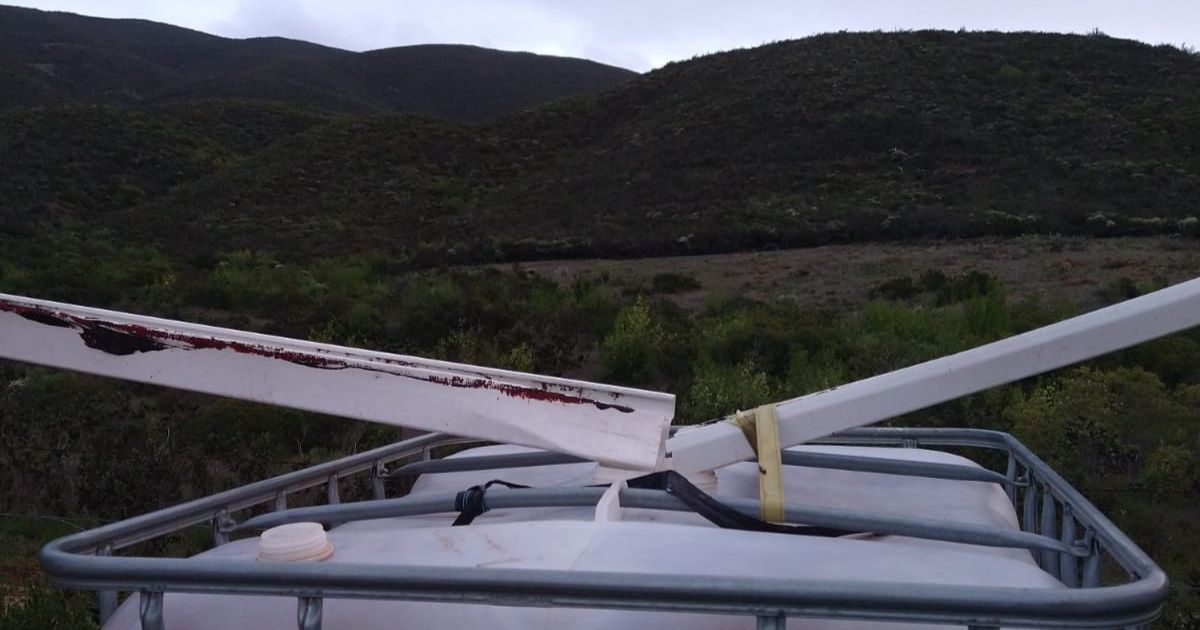When choosing a homestead property to either rent or own it is very important to consider where your water will come from. Many parts of the U.S. and Mexico have abundant water sources in the form of springs, rainwater, and rivers.
The effects of climate change become increasingly evident each year as water becomes a shrinking resource.
This can be seen in the desert states of North America as rivers disappear and residents worry about water usage.
Here on our homestead in Baja we receive very little rainwater annually. The average is 12 inches annually (and that’s on a good year)! Our homestead did not come with a well, and we are not interested in drilling for one because of the steep price. Without a well, we have two options for collecting water on our humble homestead. Let’s dive in!
Option #1: Harvesting/Collecting Rainwater
The first option is to collect rainwater. This is a very common practice throughout the world because a) you don’t need a vehicle to harvest rainwater and b) it can be a low-cost method (on a small scale). All you need are containers for your water and…well, the rain of course!
Keep in mind, that on a larger scale (such as collecting mass amounts of rainwater) one will need to invest in larger containers to collect the rainwater.
You can choose to collect rainwater by placing your water tank underneath an open sky and leaving the top open. While this method is straightforward, it does not utilize other methods that collect rainwater in larger quantities. That method is placing your water tank next to a drainage system. By doing this and setting up a pipe underneath the drain you can collect a larger volume of water in a shorter amount of time.
If you do not have the means to purchase a large tank and/or a piping system, do not fret! If you have access to a slanted roof you can place large trash cab-sized containers on the bottom of where the rain will fall off the roof. This way, gravity will be your friend and will guide the rain to your containers. And you can use containers you might already have on your homestead instead of having to purchase large, bulky and expensive products!
Option #2: Hauling Water
Okay, so this second option is more time consuming and more physically demanding, but it can be a more secure method to collect water for your homestead.
By hauling your own water you can have control of the amount of water you receive vs. waiting for the rain to fall from the sky. To haul water you will need to find a neighbor or friend with a water source like a well or city water. Also, you can haul water from a river or lake. Just make sure it is on public land and is not an endangered area.
Next, you will need to make a solid plan about receiving the water. Some questions to ask will be…
How much will this water cost?
How often can I fill up my tank?
Do you need to be present while I fill up my tank?
What days and hours can I come by to fill up my tank?
Remember, the goal is to avoid misunderstandings and jail time!
Once the logistics are figured out it is time to invest in a water pump. This is a tool that runs on gasoline so make sure you are loaded up on that as well. The pump looks like a mini generator with two pipes on each side. One pipe will go in the water while the other will release the water out of the pipe.
Once you have your pump and your buckets are loaded into the truck you are ready to rumble! Now you will place one pipe into the water source and the other into an empty tank/bucket and turn on the pump.
This is usually a two-person job as one person needs to move the pipe to another bucket as they fill up. Meanwhile, the other person needs to monitor the water source and the water pump itself.
Once your buckets are filled up you can use the water pump to transfer the water collected to another empty tank. That’s the only way you can take the containers out of your truck so make sure to plan accordingly! Unless you want to cruise around with your water for 2 weeks!
That’s it! You did it!
